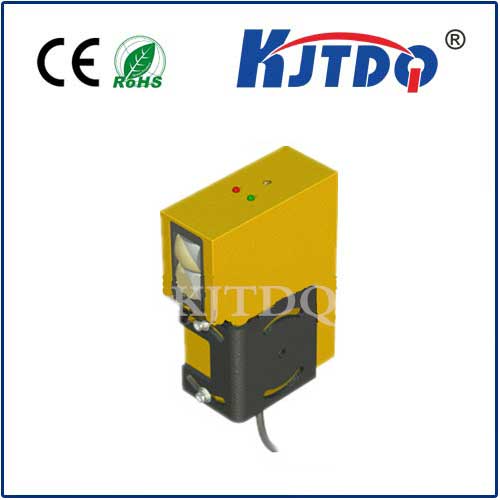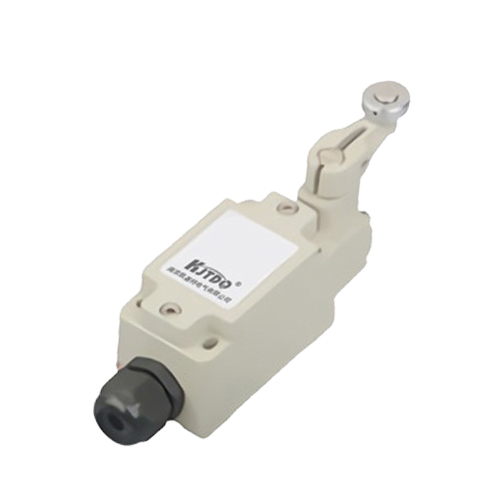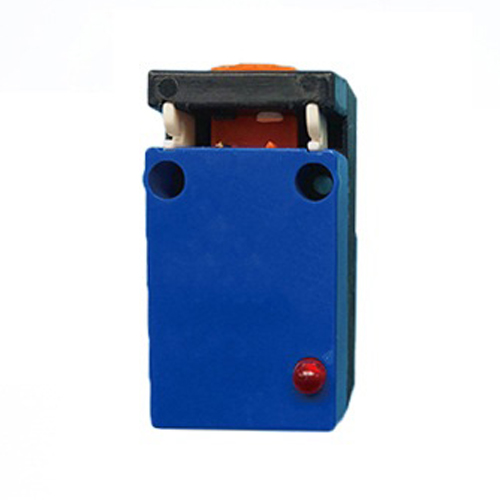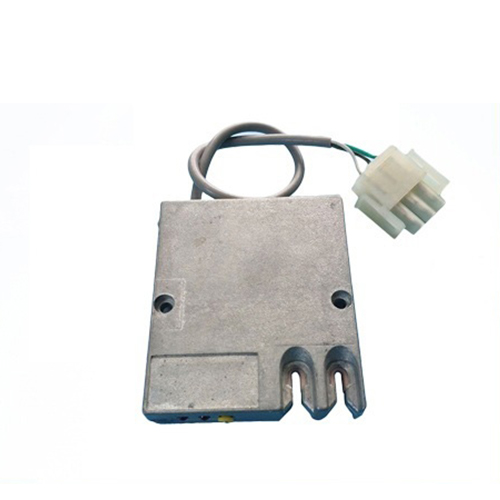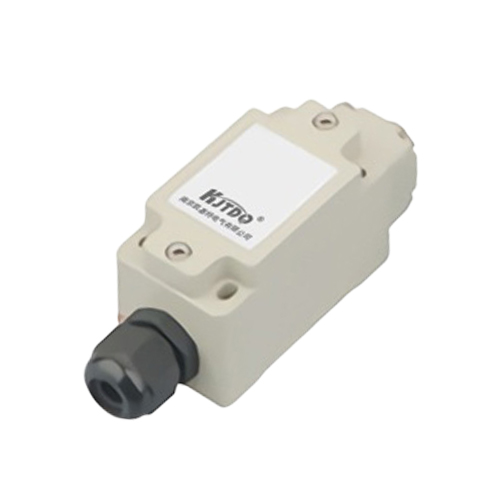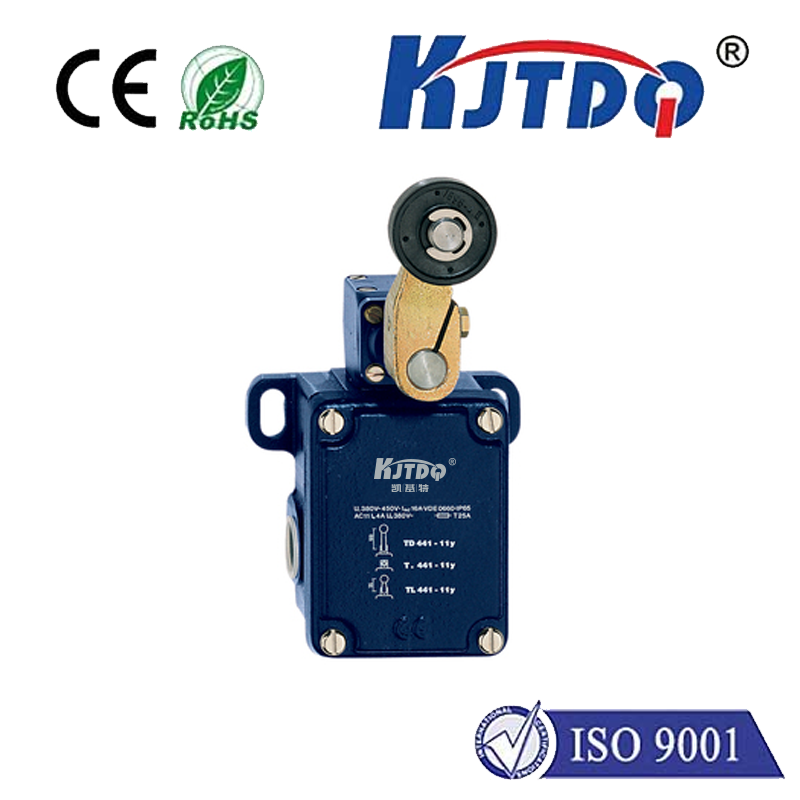usb proximity sensor
- time:2025-07-05 03:24:58
- Click:0
USB Proximity Sensors: Unlocking Touchless Interactions & Seamless Connectivity
Imagine automating a process simply by an object’s presence or absence. Picture activating a display when someone approaches, or securing a workstation the moment the user walks away – all without complex wiring or dedicated controllers. This is the powerful simplicity offered by USB proximity sensors. These compact, intelligent devices are transforming how we interact with technology and machines, adding a layer of intuitive, touchless control across countless applications. By combining the fundamental principle of proximity detection with the ubiquitous convenience of USB connectivity, they offer a uniquely accessible path to smarter automation.
Understanding the Core: What is a USB Proximity Sensor?
At its heart, a proximity sensor detects the presence or absence of an object within a specific range without physical contact. Common technologies include:
- Inductive: Detects metallic objects.
- Capacitive: Detects a wide variety of materials (metal, plastic, liquid, human body) by measuring changes in capacitance.
- Photoelectric (Infrared - IR): Uses an infrared beam; detects an object when the beam is interrupted (diffused reflection) or reflected back (retro-reflective) by the target.
- Ultrasonic: Emits high-frequency sound waves and detects their echo; measures distance or presence based on the return time.
The key differentiator of a USB proximity sensor is its output interface. Instead of traditional discrete wires (like PNP/NPN or relay outputs) requiring connection to a PLC or microcontroller input, it incorporates a built-in USB interface. This allows the sensor to communicate directly with a standard computer – be it a PC, laptop, Raspberry Pi, or industrial panel PC – appearing essentially as a plug-and-play HID (Human Interface Device) or virtual COM port.

The Compelling Advantages: Why Choose USB?
Integrating proximity sensing via USB brings significant benefits:
- Plug-and-Play Simplicity: Eliminates the need for specialized input cards, complex wiring, signal conditioning, or relay interfaces. Simply plug the sensor into an available USB port. This drastically reduces installation time, complexity, and potential for wiring errors.
- Ease of Integration & Software Control: Data from the sensor is directly accessible via the computer’s operating system through standard APIs or serial communication. This makes interfacing with software (Python, C#, LabVIEW, custom applications, SCADA systems) remarkably straightforward. Developers can easily read sensor state (object present/near/absent) and sometimes even distance data directly in their code.
- Simplified Power: USB proximity sensors are powered directly from the USB port, removing the requirement for a separate external power supply. This enhances portability and reduces clutter.
- Cost-Effectiveness: By leveraging the existing USB infrastructure of a host computer, the overall system cost is often lower compared to traditional sensor + PLC/controller setups, especially for smaller-scale applications or prototypes.
- Portability & Flexibility: Need to move a sensing point? Unplug the USB sensor and plug it in elsewhere. Testing different locations becomes trivial. USB hubs allow for deploying multiple sensors connected to a single host.
- Data Logging & Analytics: Since the sensor connects directly to a computer, logging sensor events (detections, non-detections) over time is inherently easier, enabling analysis for process optimization, security auditing, or usage patterns.
Where Do USB Proximity Sensors Shine? Applications Galore
The versatility of these sensors means they find use in diverse fields:
- Interactive Kiosks & Digital Signage: Activate or change content when a person approaches. Trigger welcome messages, menu displays, or product demos, enhancing user engagement without requiring physical touch – crucial for hygiene and intuitive interaction.
- PC Security & Workstation Automation: Lock a computer screen automatically when the user walks away and unlock it upon return. Enhance security while providing seamless convenience. Can also trigger monitor sleep modes for energy saving.
- Industrial Automation (Light Duty): Monitor the presence of parts on a conveyor belt near a workstation. Detect jams or misplacement in smaller machinery. Signal a machine cycle start upon part arrival. Control simple automated sequences based on object presence. Ideal for benchtop automation or retrofitting older equipment with modern sensing.
- Retail & Inventory: Monitor stock levels on shelves (detect presence/absence of items). Trigger alerts for restocking low inventory. Detect customer dwell time near specific displays.
- Laboratory & Research Equipment: Enhance safety by detecting operator presence before starting potentially hazardous equipment. Automate data recording when a sample is placed in a specific location.
- Access Control: Integrate with software to grant/deny access based on proximity (often combined with other credentials). Detect loitering near restricted areas.
- Prototyping & Hobby Projects: The ease of use makes USB sensors incredibly popular with hobbyists, makers, and educators for Arduino/Raspberry Pi projects (via USB host shield or direct connection), robotics, and interactive art installations.
Key Considerations Before Implementing
While powerful, selecting the right USB proximity sensor requires attention to detail:
- Detection Technology: Choose based on your target object material and environment. Need to detect a hand? Capacitive or IR photoelectric is ideal. Monitoring metal parts? Inductive sensors excel. Require precise distance measurement? Ultrasonic or certain IR sensors are suitable.
- Sensing Range: Ensure the sensor’s specified detection distance meets your application’s requirements. Ranges can vary from a few millimeters to several meters depending on the technology.
- Output Data Format: Understand how the sensor communicates via USB. Common options include:
- Virtual COM Port (Serial): Simulates a serial connection, sending simple ASCII commands (e.g., “ON”, “OFF”) or data packets. Easy to parse in most programming languages.
- HID (Keyboard/Mouse Emulation): Simulates keypresses or mouse movements. Simple for basic triggering but less flexible for complex data.
- Custom Drivers/APIs: Some sensors come with proprietary software libraries for more advanced features.
- Environmental Factors: Consider temperature, humidity, dust, dirt, light conditions (for photoelectric sensors), and potential electrical interference. Ensure the sensor’s IP rating is adequate. Capacitive sensors can be affected by moisture or conductive contaminants nearby.
- Power Consumption: While powered by USB, ensure the sensor’s draw is within the capabilities of the USB port (especially on laptops or hubs), typically 500mA max for USB 2.0.
- Response Time: For high-speed applications, verify the sensor’s reaction time is sufficiently fast.
The Future is Touchless and Connected
USB proximity sensors represent a significant democratization of automation and interactive technology. Their plug-and-play nature, coupled with direct software integration, lowers the barrier to entry for implementing sophisticated presence detection and touchless control. As USB standards evolve (like USB-C with Power Delivery) and sensor technologies become more accurate and affordable, we can expect even broader adoption. The integration potential with AI and machine learning on the host computer also opens doors for smarter, context-aware applications, further blurring the line between the physical and digital worlds. Whether enhancing security, driving engagement, optimizing processes, or enabling creative projects, the humble USB proximity sensor proves that powerful solutions often come in the most convenient packages.






